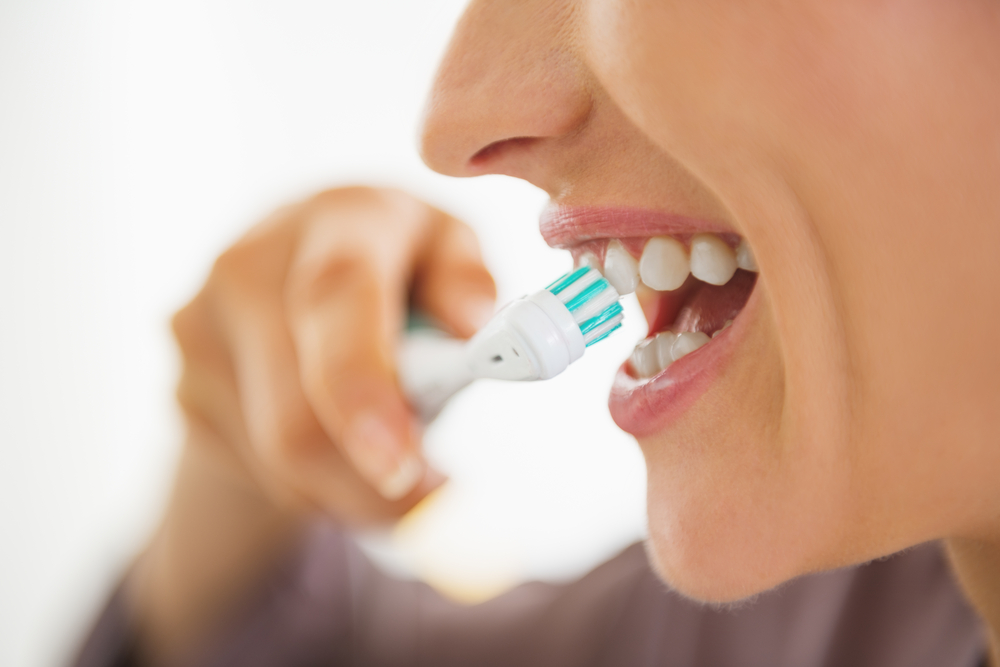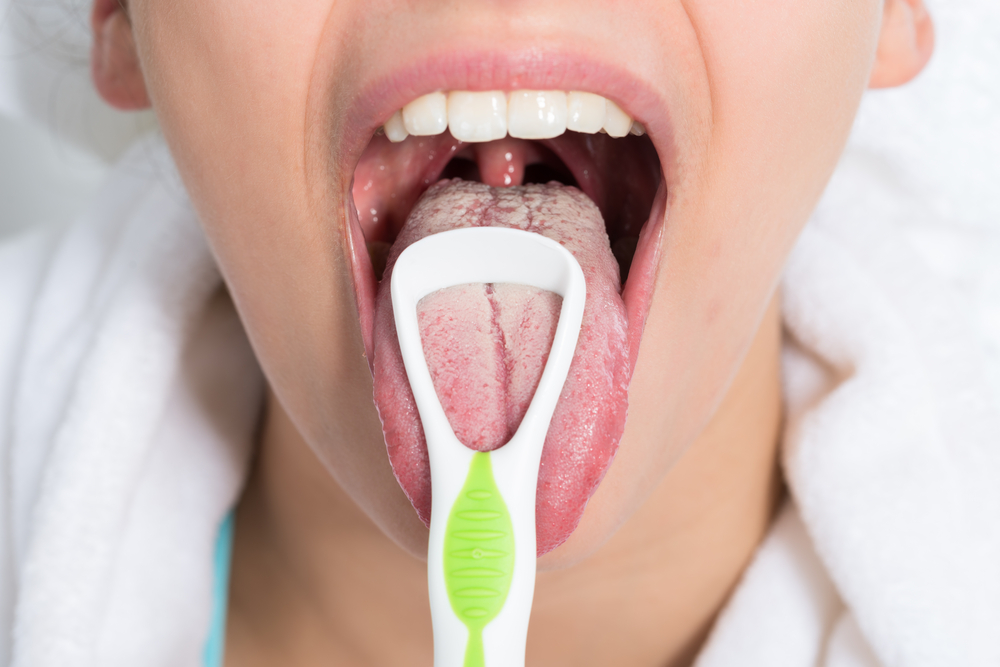A dental care routine is critical to keeping your teeth healthy; however, many mistakes are made when it comes to the actual toothbrush. From the bristles to brushing technique, here are 5 common toothbrush mistakes and how you can have the healthiest smile.
Choosing the Right Brush
Many people believe that stiffer bristles will do a better job removing plaque and food particles. Unfortunately, stiff bristles can actually hurt your gums; a soft-bristled toothbrush is the best and safest option.
There is little difference in the effectiveness of manual and electric toothbrushes, so it’s really up to you as to which kind of toothbrush you prefer. For people with arthritis, electric toothbrushes can help alleviate the stress manual toothbrushes put on joints. Choose a toothbrush that you like using because you’ll be more likely to brush your teeth more effectively.
Use the Right Amount of Toothpaste
It’s easy to get overwhelmed in what type of toothpaste to use, but have you ever considered how much toothpaste you use? While television advertisements for dental care products always show toothpaste covering every bristle, it’s really doesn’t take that much to brush your teeth. All you need for every brushing is a pea-size amount of toothpaste.
Use the Right Technique
There are many things to consider in order to properly brush your teeth. Place the head of the toothbrush at a 45-degree-angle to your gumline and use short, gentle strokes repeatedly over every surface of your teeth.

Brushing your teeth with extra pressure can wear down the enamel on your teeth and can push your gums back, exposing the nerves; plaque is easily removed with gentle pressure. When brushing behind your teeth, tilt the toothbrush vertically and use up-and-down strokes. If you have an electric toothbrush, you don’t have to worry about the angle of the brush; just glide the brush over all of the surfaces as the toothbrush does the work.
Don’t Forget to Brush Your Tongue
A common area people don’t consider brushing is their tongue. Bacteria not only attacks your teeth, but it covers your tongue. In order to remove this bacteria, start at the back of your tongue and work your way forward with short, gentle strokes; you can also use a tongue scraper if you find it easier. Cleaning your tongue helps you maintain good oral health and fights bad breath.

Rinsing Correctly
After you’ve brushed your teeth and tongue, it may be tempting to rinse your mouth out with water. If you do, you may be spitting out the benefits of fluoride toothpaste. Instead of using a hand full or cup full of water, only use a tiny amount of water when rinsing your mouth. If you can’t bare the thought of keeping toothpaste in your mouth, choose a mouthwash that contains fluoride, leaving a film of the enamel-strengthening element on your teeth.
Make sure to brush twice a day, floss once a day, and visit your dentist every six months. Proper brushing can result in healthier teeth and overall improved oral health. For more information about toothbrushing techniques or to schedule a dental appointment, contact Greenspoint Dental in Houston, Texas. We are dedicated to providing you and your loved ones with the best dental care.

